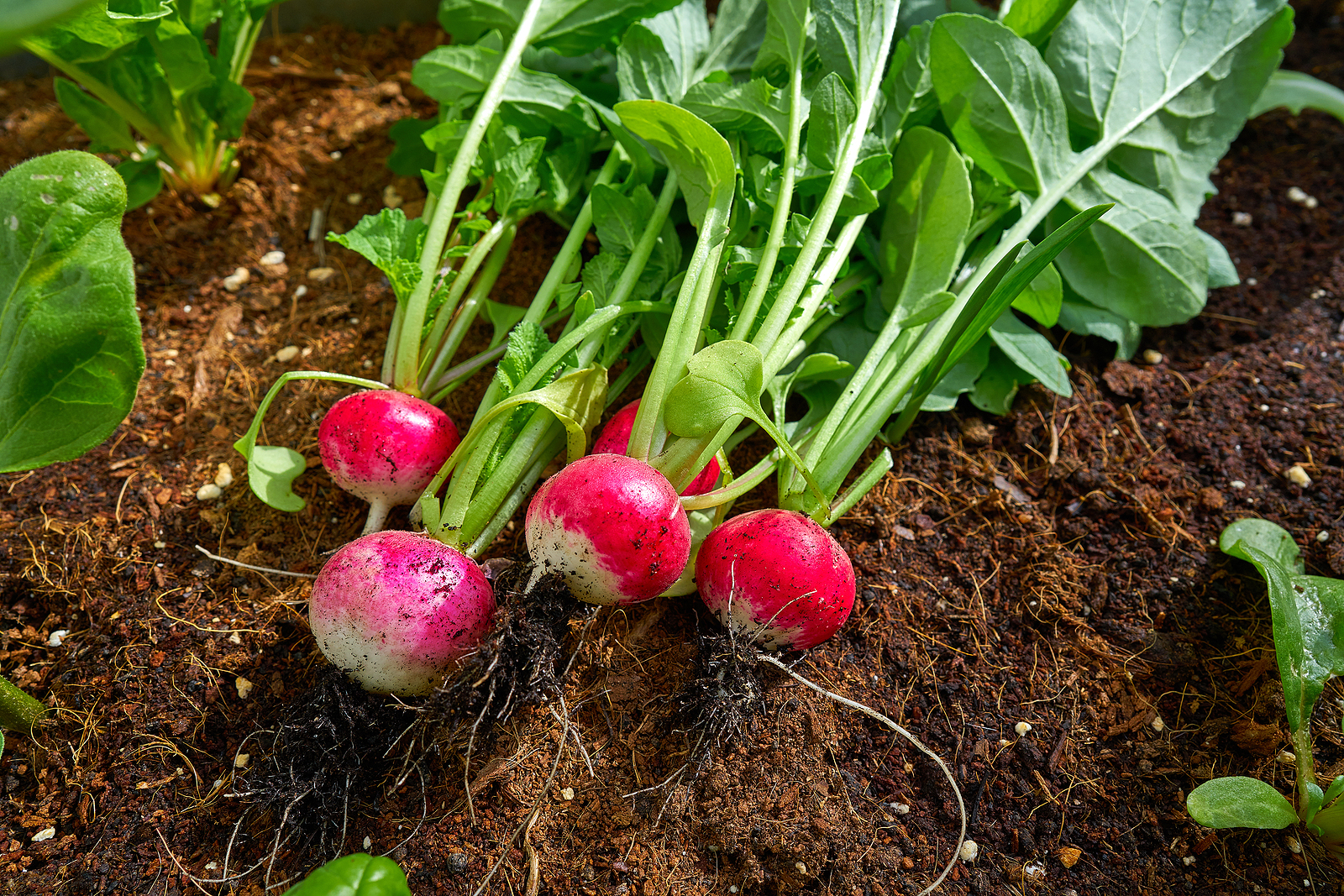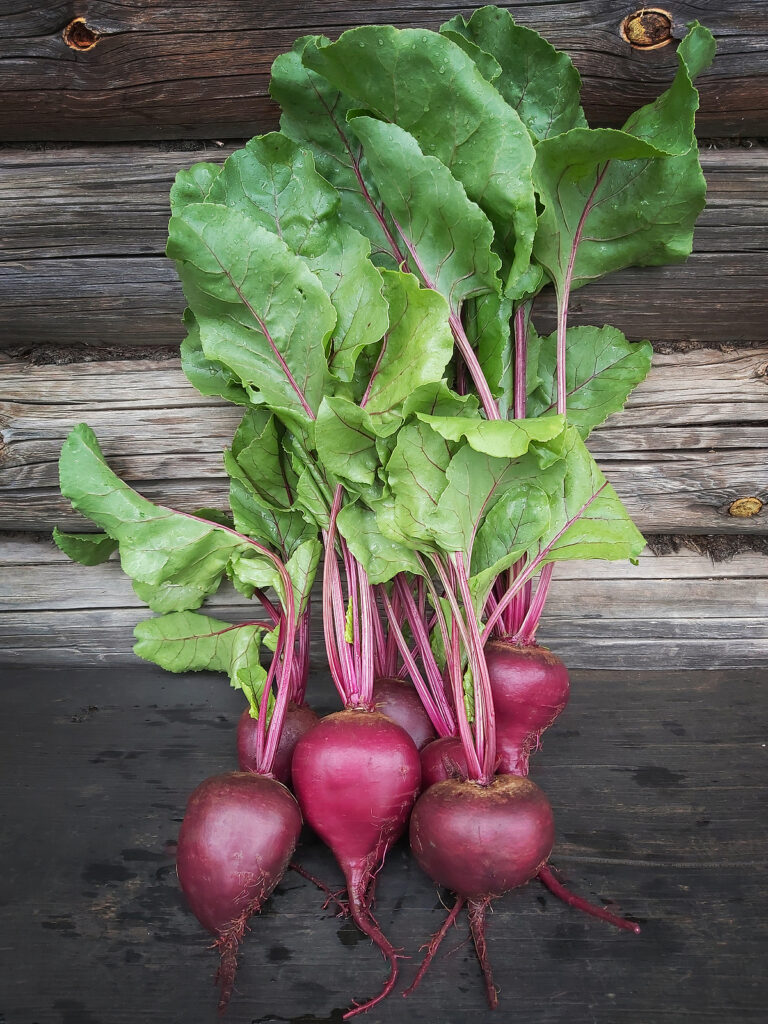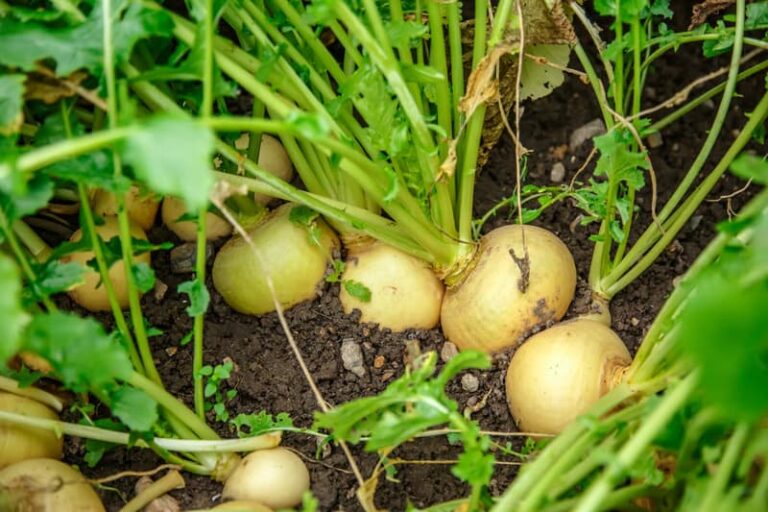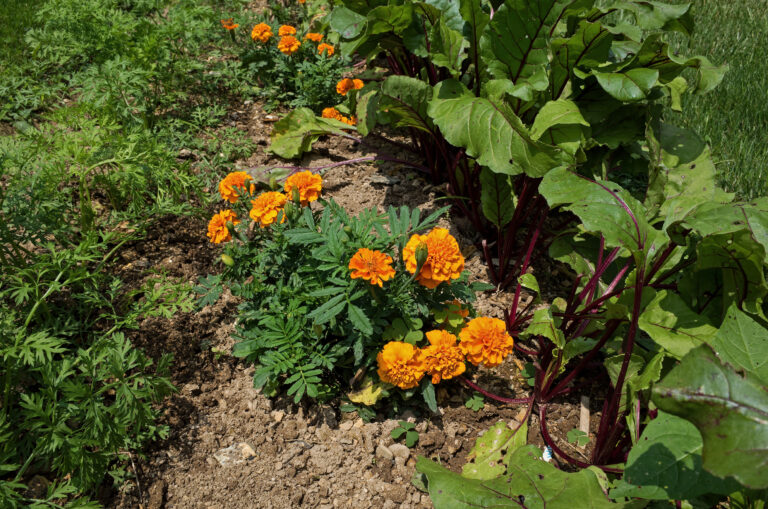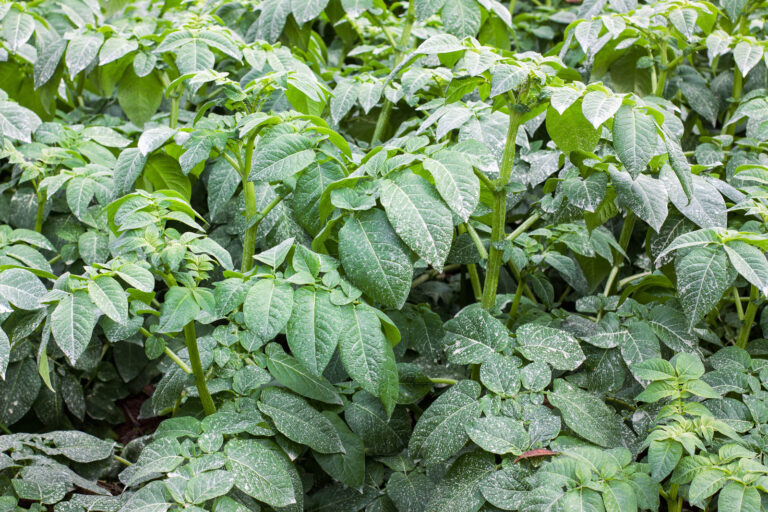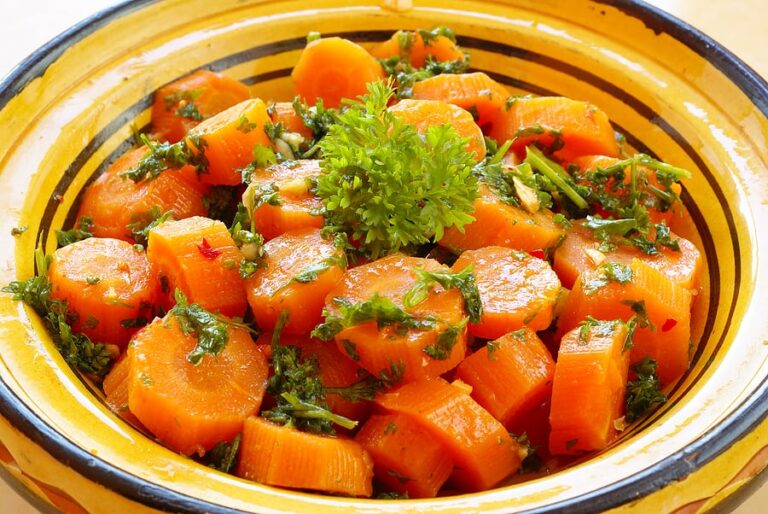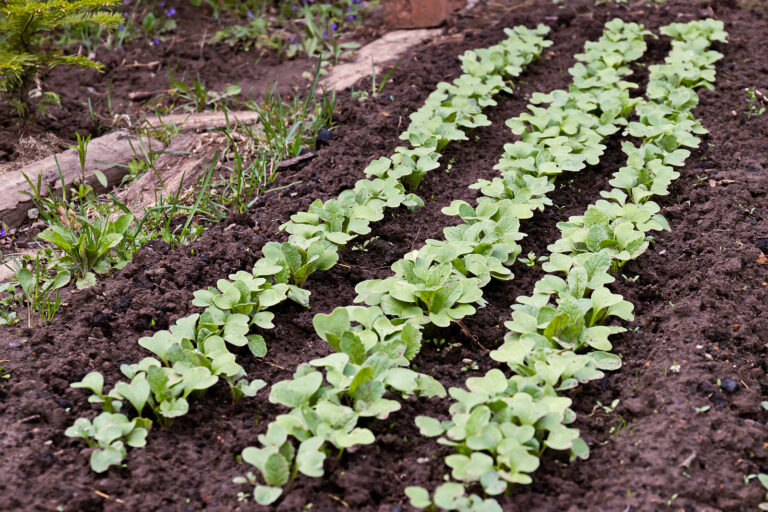Why Are My Radishes Bitter or Woody? Causes and Solutions
Radishes should be crisp, juicy, and mildly peppery. When they turn bitter or develop a woody texture, something in their growing conditions has gone wrong. After more than 30 years of gardening, I’ve learned the key reasons this happens—and how to prevent it for sweeter, crunchier harvests.
Main Causes of Bitter or Woody Radishes
1. Heat Stress and Bolting
Radishes thrive in cool weather. Hot temperatures above 75°F (24°C) cause plants to bolt (send up a flower stalk) and shift energy away from root development. This leads to pithy, bitter roots.
Solution: Plant in early spring or fall. Provide afternoon shade or use a row cover to keep soil cool.
2. Over-Maturity
Radishes grow quickly and must be harvested on time. Leaving them in the ground even a week too long allows fibers to thicken and flavor to intensify.
Solution: Check seed packets for days to maturity—most are ready in 20–30 days. Harvest when roots are firm and about an inch in diameter.
3. Irregular Watering
Dry soil causes radishes to grow slowly and develop a tough, woody core. Inconsistent watering also makes roots split.
Solution: Keep soil evenly moist with 1 inch of water per week. Mulch to hold moisture.
4. Poor Soil or Crowding
Compacted or nutrient-poor soil slows root development, while overcrowding forces plants to compete and grow stringy.
Solution: Loosen soil to at least 6 inches deep. Thin seedlings to 2 inches apart for proper root expansion.
My Experience and Tips
In my Sonoma Valley garden, I plant radishes in raised beds filled with loose, compost-rich soil. Succession planting every two weeks during cool weather ensures a steady harvest before heat sets in. Timely picking is the single most important factor for crisp, mild flavor.
Key Takeaways
- Plant in cool weather and harvest promptly.
- Keep soil consistently moist and well-drained.
- Thin seedlings to give roots space to develop.
Follow these steps and your next crop of radishes will be tender, crisp, and delicious instead of bitter or woody.
Radish Growing Hub
🌱 Start here: The Ultimate Radish Growing Guide: From Seed to Harvest
🌿 Planting & Growing
- When to Plant Radishes for Spring, Summer, and Fall Gardens
- Timing tips by zone and season, including quick successions.
- Radish Seed Starting Tips
- Here’s how to get your radish patch growing.
- How to Succession Plant Radishes for Continuous Harvests
- Best intervals and spacing for steady radish supply.
- How to Grow Radishes in Containers: Soil, Spacing, and Care Tips
- Perfect for small spaces and urban gardeners.
- How to Thin Radishes for Bigger Roots and Better Flavor
- Solves a common growing problem.
🐛 Pests, Diseases & Problems
- Common Radish Pests and Diseases How to Control Them Naturally
- Flea beetles, root maggots, aphids, and organic control methods.
- Why Are My Radishes Bitter or Woody? Causes and Solutions
- Addresses heat, watering, and harvesting timing issues.
🧺 Harvest & Serving
- How and When to Harvest Radishes for Peak Crispness and Flavor
- Includes signs radishes are ready and harvesting tips.
- Tasty Ways to Cook and Serve Radishes
- How to enjoy your radish harvest with little kitchen fuss.
🌈 Varieties & Specialty Types
- Growing Daikon Radishes: Tips for Giant Roots and Mild Flavor
- Specialty care and planting advice.
- How to Grow Black Spanish Radishes and Other Winter Varieties
- Focused on cold-season growing.
- Comparing Round, Long, and Specialty Radish Varieties for Your Garden
- Helps gardeners choose based on climate and use.
🌱 Advanced Topics
- Using Radishes as a Cover Crop: Benefits and Planting Guide
- A less-common but valuable use for radishes in soil health.

